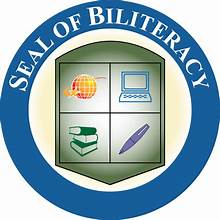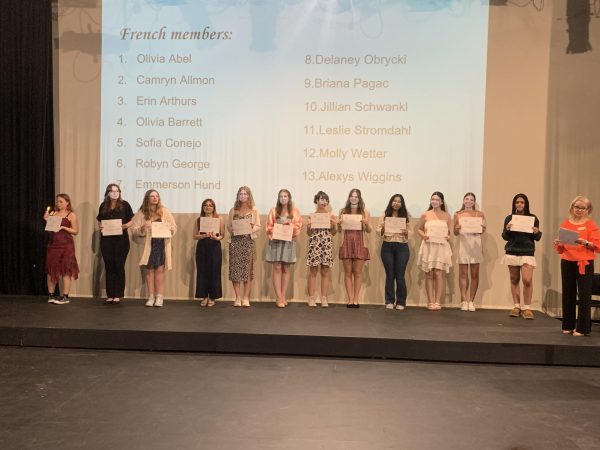How Students Learn Best
It’s an early Monday morning, and students are moseying into school and slugging their way to class. Throughout the day they are continually absorbing new information that they will be using for the rest of their lives. From studying for a test or mentally preparing for a dissection in Zoology, each student has different tactics to learn and remember all this information, but how do people learn best?
“There are a myriad of ways people learn. For example, some people learn best through visuals,some through listening, and others through doing. However, even, though, a particular learning style might be easier or best for one person does not mean that they should not be exposed to learning in different ways. Learning through a variety of angles is very important for processing, applying, and retaining information,” said social studies teacher Catherine Dodd.
The health and well-being of a student is critical when it comes to their overall learning experience. If a student does not have the proper mental or physical rest then it will affect their studying which will result in a change of education.
“Students need a minimum of 7-8 hours of sleep per night, and nutrition affects the way the brain processes information, our ability to pay attention, and what we remember. Cutting out junk food, getting adequate exercise, and having good sleep hygiene are all part of an essential foundation for successful learning,” Dodd said.
The way teachers teach also must be appealing to their students. The technique that a teacher may use to teach their students greatly affects the way they learn their material. Whether it be visually or auditory, there should be a healthy mix of both so that all students feel the benefits
“I think teachers need to, first of all, get a feel of how each of their students individually learn, and then create a variety of techniques to use,” said English teacher Keeley Thode.
According to the New York Times article written by Pam Belluck, colors may affect how people absorb information. Certain colors can be beneficial to the brain, where other colors may not be as beneficial. As learning is the primary goal, one would need an aesthetic environment to enhance the process.
“I do believe that it is important to create a positive environment for learning that includes the aesthetics of the room (i.e. lighting, color, etc.) but again, that means different things for different people. Some people prefer soft lighting, while others prefer the harsh ultraviolet light of the offices and classrooms because they feel it helps keep them awake. Some people prefer soft music, others loud and still others no music at all,” Sermak said.




